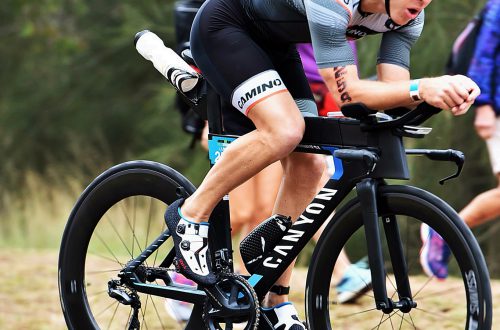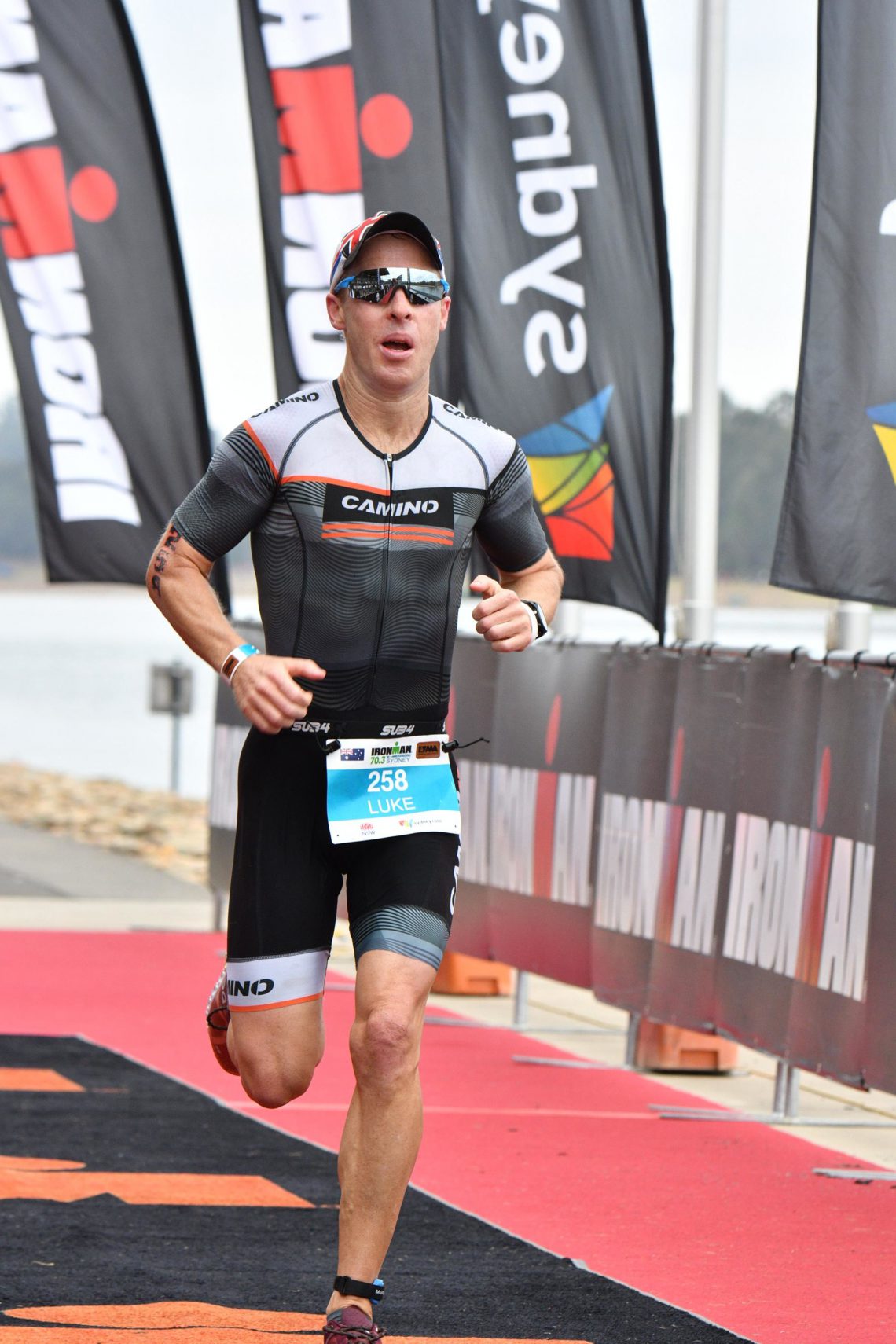-
Running Drills
Running is a physically demanding sport. When you stand on one leg, 100% of your body weight applies to that limb. However, the act of running (think leaping through the air!) adds to the force through a single leg, up to 2 or 3 times. Garmin reports that my average stride length is ~1.15m, so over the course of 10km that adds up to over 8,600 steps. Every step when running forces your body to absorb and release energy. Running regularly is important to improve, but the number of steps quickly add up, and poor run form will cause the body needing to soak up much of the energy created.…
-
Understanding Cycling Power Zones
Training according to power and/or heart rate is a great way to get specific with training to maximise improvements. Following is a table which gives a comparison between intensity, heart rate, and power zones. With the use of a power meter, it is possible to target specific training zones to generate certain training outcomes as discussed in this blog. 7 Cycling Power Zones These zones are the standard cycling zones generated by Dr. Andrew Coggan (Co-author of the book Training and Racing with a Power Meter). Zone 1 Active recovery <55% of FTP This zone is to encourage recovery without adding additional stress…
-
Strength and Conditioning for Running
Enter ‘Strength and Conditioning for Running’ into google and the response is overwhelming! Some advice will say go heavy to build maximal strength as this help economy and also makes you strong to resist injury. There’s also a big focus on explosive movement patterns, called plyometrics, to build power, improving efficiency and reduce injuries. However, I will go out on a limb here and suggest most runners and triathletes are not ready to lift/push heavy weights or do explosive actions yet. Building a Base There are many research papers documenting the benefits of strength and also plyometrics. However, without building a solid base (like anything) this kind of training can…











